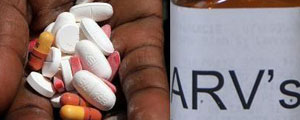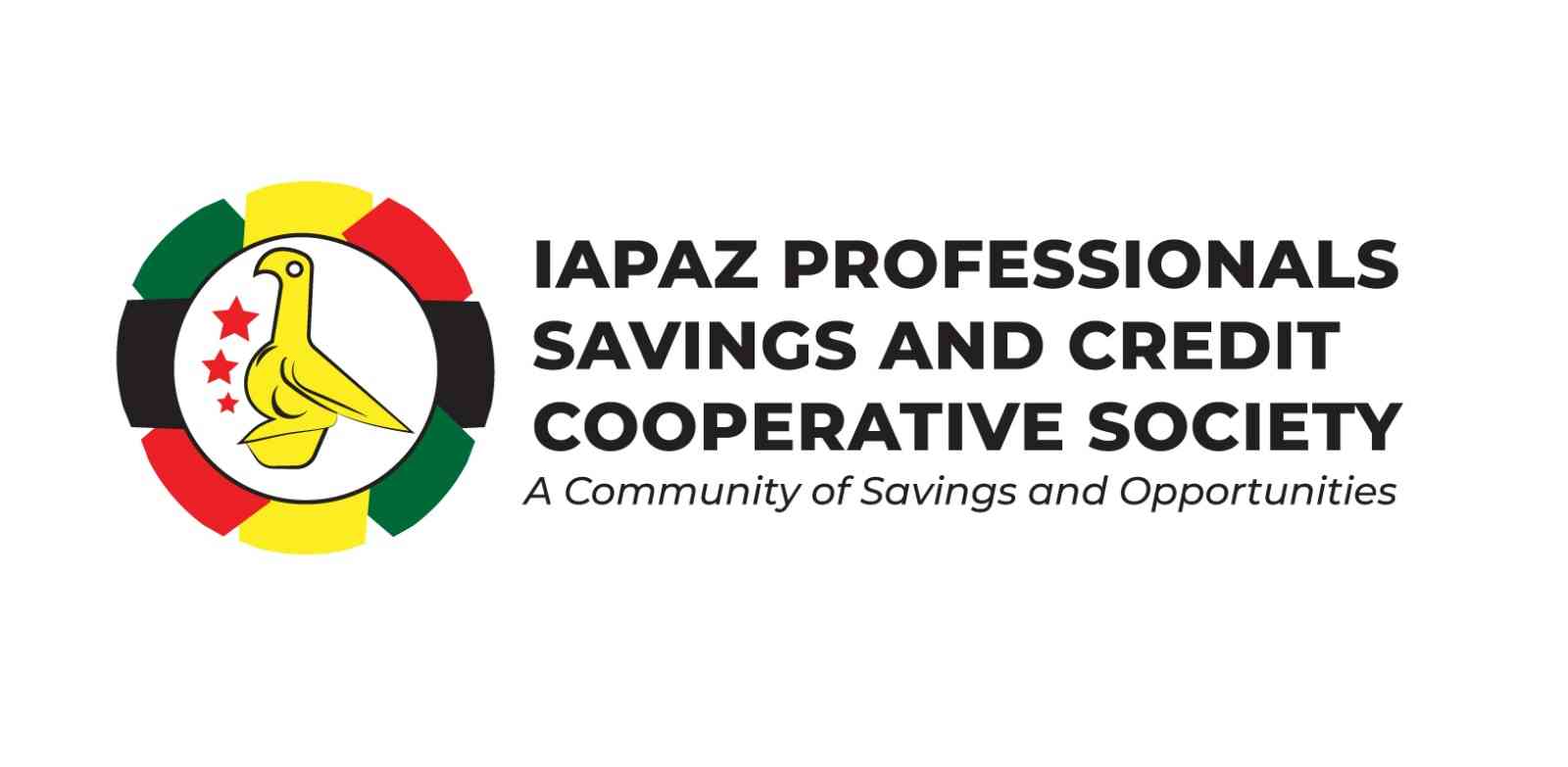
HARARE — HIV and Aids activists in Zimbabwe have welcomed the government’s move to address the problem of HIV drug resistance by introducing third-line antiretroviral drug (ARVs).
Report by PlusNews
But it remains unclear how the cash-strapped government will finance this, as procuring the drugs will invariably be expensive and could divert resources from other HIV treatment efforts.
As ARV access improves, an increasing number of patients will eventually need third-line medicines which are used when patients stop responding to first and second-line treatment regimens. Research by PharmAccess, a Dutch foundation providing HIV treatment services to the private sector in sub-Saharan Africa, has shown that in 11 countries transmitted drug resistance increased by 38% for each year the country scaled-up ARV treatment.
Yet third-line drugs are either unaffordable or unavailable in many developing countries.
Zimbabwe, which introduced ARV therapy in 2004, is reaching an estimated 347 000 people with treatment, but 600 000 are estimated to be in need of the drugs. Currently, those who have failed to respond to second-line treatment are being referred to research organisations.
Poorly resourced
Owen Mugurungi, the national co-ordinator of the HIV and Aids and tuberculosis unit in Zimbabwe’s Health ministry, says the government is considering introducing third-line ARVs to respond to treatment failures on the first and second-line regimens. Mugurungi attributed treatment failures to lack of drug adherence and drug resistance.
- Chamisa under fire over US$120K donation
- Mavhunga puts DeMbare into Chibuku quarterfinals
- Pension funds bet on Cabora Bassa oilfields
- Councils defy govt fire tender directive
Keep Reading
HIV drug resistance can be acquired, in which resistance develops following a patient’s poor adherence to treatment, or transmitted, in which a person becomes infected with a drug-resistant strain of the virus.
Mugurungi told IRIN/PlusNews that the government was working with the University of Zimbabwe to determine the number of people who had developed resistance to treatment. Levels of drugs resistance in sub-Saharan Africa are under 5%, but a few surveillance studies in East and Southern Africa have reported increasing levels of transmitted drug resistance.
HIV and Aids activists fear that drug resistance and treatment failure could be linked to the government’s poor management of the national HIV and Aids treatment programme.
Tinashe Mundawarara, the Zimbabwe Lawyers for Human Rights project manager for HIV, human rights and law, said cases of resistance should not be surprising given the country’s poorly resourced health care system.
Frequent drug stock-outs may have contributed to treatment interruptions, for example.
“Drug resistance must be addressed quickly because delay may result in the resistance spreading to other related drugs, thus limiting future treatment options. It is good that the government has noticed the problem and seeks to address it,” said Mundawarara. “We applaud that.”
Widening treatment gap
But Itai Rusike, director of the Community Working Group on Health, has raised concerns that introducing a third-line drug regimen could further widen the treatment gap.
“In a way, it is a welcome move. But the reality on the ground is that there are people on the ground that have not even enjoyed the first-line treatment,” said Rusike. “Only 40% of people in need of ARVs are on treatment. And then for us to move to the next stage, which is even more expensive, is condemning those in need of treatment to death because they may never access treatment after this.”
Rusike, whose organisation works to ensure the equitable distribution of health resources in the country, said the majority of people in need of treatment still lack access to it.
“With this development, many of them may never graduate to the first-line treatment. So what we are saying is let us attend to the basics first. We have people who have been on the waiting list for years,” said Rusike.
For HIV and Aids activist Stanley Takaona, third-line treatment options will require greater management of the national ARV programme to prevent drug stock-outs. He said this is critical because after third-line treatment, there are no other options.
“Once the drugs have been introduced, the government needs to invest a lot in the care and management of patients on third-line to promote rigorous drug adherence, regular C4D count and full blood count tests to monitor how patients are responding to treatment. But meanwhile, there are still many people whose lives still depend on accessing the first-line.”
Zimbabwe has about 1,2 million people living with HIV. The number of people needing treatment increased when Zimbabwe adopted the World Health Organisation treatment guidelines recommending that patients begin treatment at a CD4 count of 350, compared to the 200 count in earlier treatment guidelines. Pregnant women and infants living with HIV are being initiated on treatment regardless of their CD4 count.











